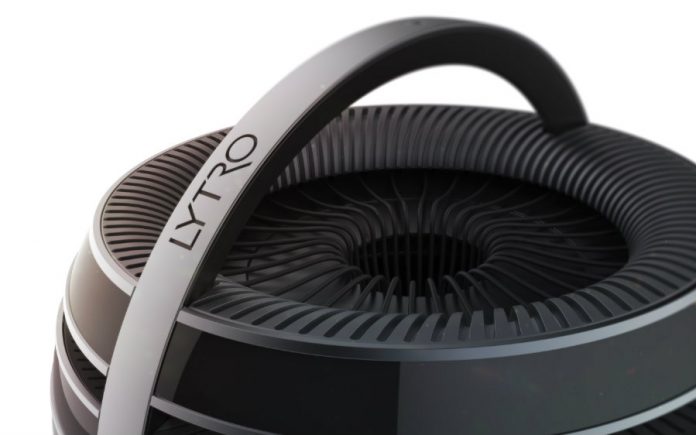
Photography Company Lytro unveiled what they call the first true-life action virtual reality film. “Moon” is less than 45 seconds, but it accomplishes what hasn’t been possible yet: six degrees of freedom (6DOF).
But those willing to submerge in full freedom VR will have to wait, as the company only released three minute long clips that tease what the company believes their new VR rig, Immerge, can and will do: live action VR.
So far, “Live-action” VR it’s nothing more than a 360 video with a whole set of limitations. Users can move the head to look up and down, but can’t jump inside the video, tilt to change the perspective or peek around objects.
They offer three “degrees of freedom” (3DOF), as opposed to the six one typically finds in video games and animated films.
Despite many companies digitalizing people to place them in 3-d environments, Lytro is the one to introduce the first true live-action VR.
It’s worth explaining that the 6DOF refers to the movement of a rigid body in a three-dimensional space. They are the surge (forward and backward); heave (up and down); sway (left and right); and translation, rotation, and orientation in three perpendicular axes (pitch, yaw, and roll).
Lytro pulled the curtain on their orb-shaped lightfield VR rig Immerge
While traditional photography only captures the light, lightfield photography cameras can measure the geometry of the light that comes into the image sensor.
Light field camera arrays like Immerge captures all the light rays within a scene and allows the reconstruction of a full 3D environment. Immerge could add full movements to the already existing VR like Facebook’s Oculus Rift And HTC Vive.
“Moon” clips are divided into three segments, each one showing how the final, processed VR footage comes together.
The videos feature an actor on a set who is playing an astronaut descending from a lunar lander. He delivers Neil Armstrong’s famous 69 speech. “That’s one small step for a man,” says the digital actor, while the Earth hovers over his shoulder, “one giant step for mankind.”
A voice behind the viewer yells “Cut!” and demands a reshot. When the user turns back, he sees Stanley Kubrick looking furious. “I’m an actor, I’m an astronaut,” responds the man behind the space mask.
The user would be able to move around the set and peek at every corner. Lytro thinks VR is only possible with the six degrees of freedom. Company chief engineer Tom Milliron says 360-degrees combine photorealism with a forced stationary perspective. They are, as he calls it, low-immersion.

A single person rendered the two-day shoot of Moon
The company thinks a team of three could process much longer movies in the same amount of time, although Lytro stated they don’t want to be involved as content producers for anyone. They are only showing the possibilities of their technology via “Moon.”
“Moon” is only the first work that will have both high realism and high-immersion, a feature only possible, as Lytro thinks, with lightfield cameras.
The company launched a professional light field camera in 2015 but couldn’t find success in the market. With the reveal of the VR clip, they are still trying to show the reach of the technology.
Source: Wired










